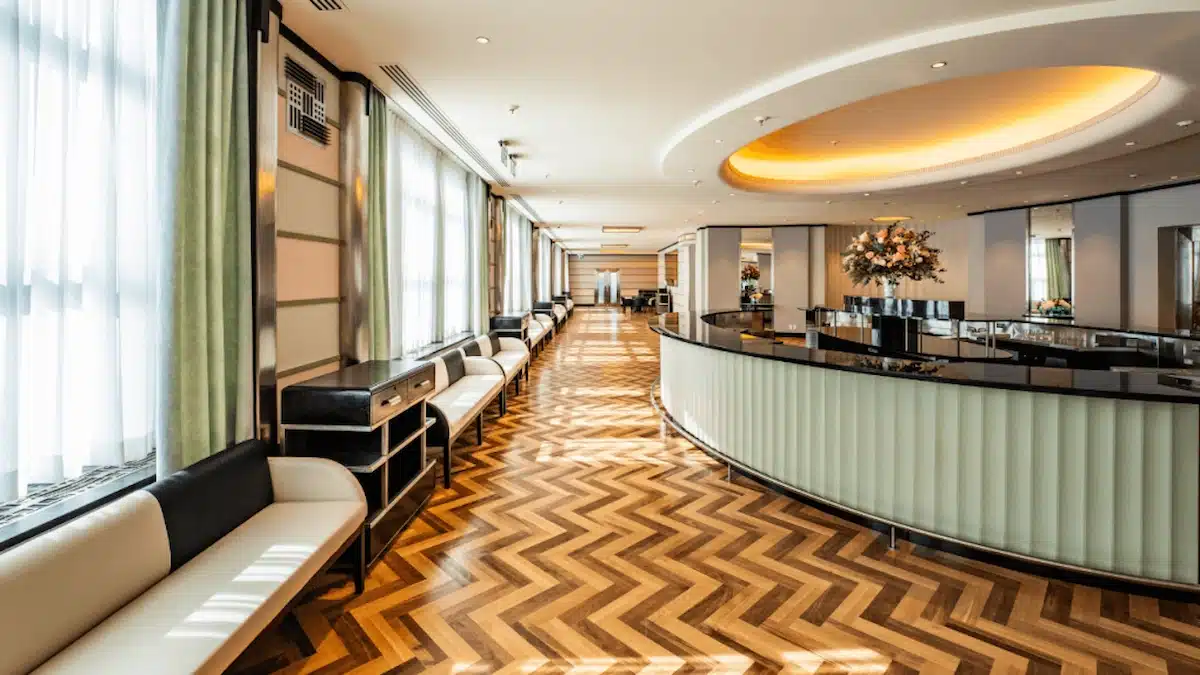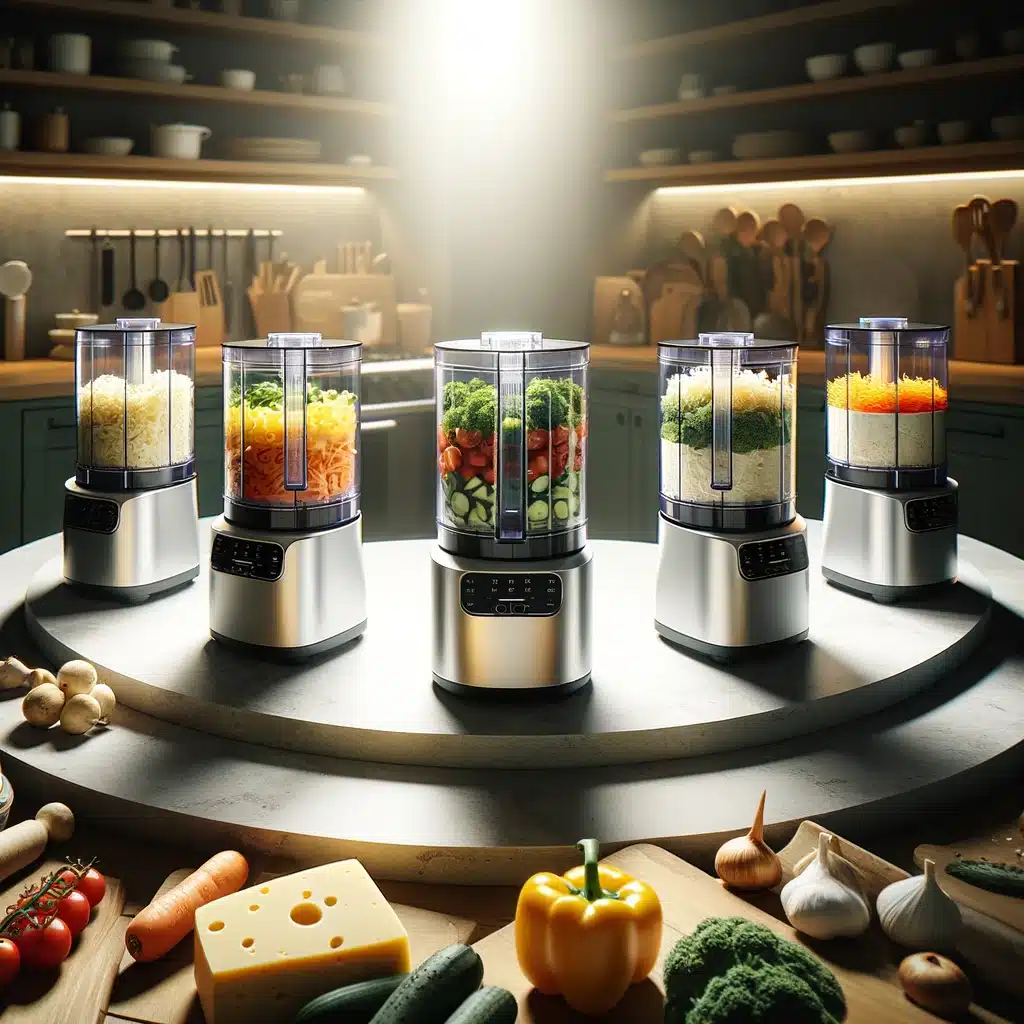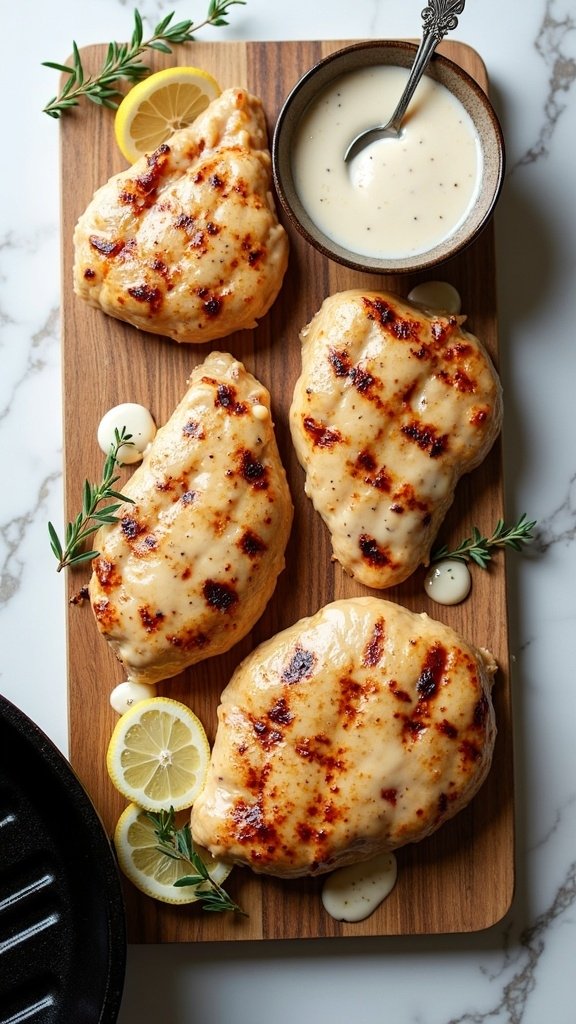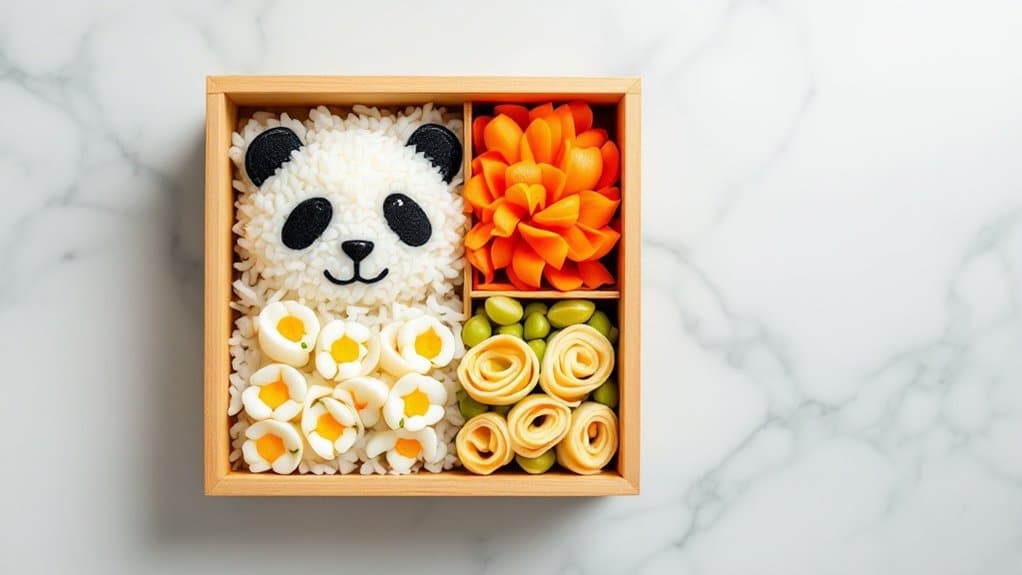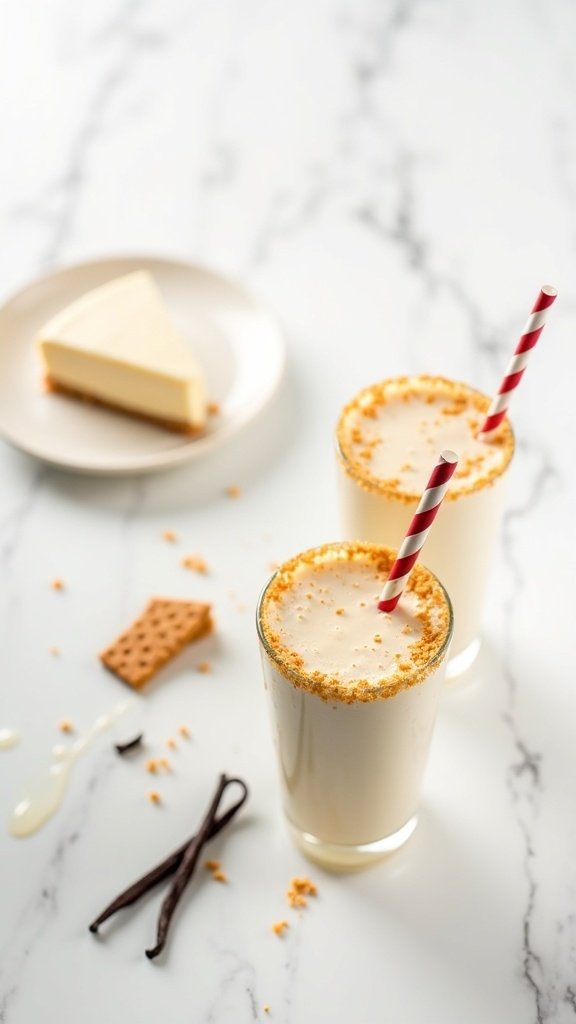Jacques Carlu Designed Eaton’s Beautiful Spaces
In this article, Jon Simon, The Lunch Pro, shares his memories of Montreal Eaton’s Ninth Floor before its closure and that of the famous department store in 1999 and will provide an example of the possibilities after its refurbishment and reopening as Le 9e based on the success of Carlu’s other Eaton’s design at the former Eaton’s College Park store in Toronto. The iconic Art Deco restaurant holds significant cultural and historical importance for Montrealers, symbolizing a cherished part of the city’s heritage.
Although primarily celebrated for his mastery of Art Deco and Art Moderne styles, Jacques Carlu’s architectural legacy extends beyond mere aesthetics to embody an era of luxury and innovative design. His use of luxurious materials and intricate metalwork not only defines the visual allure but also enhances the functional sophistication of his creations.
Iconic spaces like Eaton Auditorium in Toronto affirm his ability to blend opulence with modern sophistication, creating engaging and timeless environments. This approach has preserved Carlu’s elegant charm while adapting to contemporary tastes, ensuring his designs remain relevant and revered in modern architectural discourse.
Carlu’s work exemplifies how traditional elegance can meet modern needs, creating a legacy of enduring appeal.
Jacques Carlu, a titan of architectural design, brought his distinct flair for Art Deco and Art Moderne to creating Eaton’s iconic spaces. Selected by Lady Eaton for his sophistication, Carlu transformed shopping areas into luxurious domains of style and elegance. Key highlights include Toronto’s Eaton Auditorium, known for its superior acoustics and graceful ambiance, and Montreal’s Eaton’s 9th Floor, a panorama of breathtaking Art Deco design. The meticulous blending of historical charm with contemporary sophistication in these spaces revolutionized retail environments and left a lasting imprint on design. Explore these beautifully crafted environments to uncover layers of artistic history and innovation, especially within the dining room, which serves as a communal space where generations of diners create memories.

Key Takeaways
- Jacques Carlu transformed Eaton’s spaces with his Art Deco and Art Moderne architectural styles.
- His designs for Eaton’s included luxurious materials and intricate metalwork.
- Carlu’s work is highlighted in iconic spaces like Eaton Auditorium in Toronto and Eaton’s Ninth Floor in Montreal.
- The renovation of Eaton’s 9th Floor preserved Carlu’s elegant, historical charm blended with modern sophistication.
- Carlu’s architectural legacy in Eaton’s spaces made them symbols of style, innovation, and luxury.
In this Article
Who is Jacques Carlu
Jacques Carlu, a distinguished French architect, was celebrated for his sophisticated designs that masterfully combined Art Deco and Art Moderne elements. His architectural genius crafted buildings and experiences, blending functionality with sheer aesthetic delight. Carlu’s approach was creating spaces and envisioning environments that could inspire and transform everyday interactions. The Eaton Auditorium, proof of his design inspiration, stands as a beacon of innovative spaces that resonate with artistic flair.
Each corner of The Carlu whispers tales of Carlu’s meticulous attention to detail—from the sweeping curves of its grand ballrooms to the opulent chandeliers that cast a golden glow, evoking a sense of grandeur and timelessness. These elements define the venue’s aesthetic and enhance its functionality, offering acoustic excellence that complements its visual appeal.
Carlu’s legacy impact is profound, influencing generations of architects and designers. His vision continues to echo through the halls of The Carlu, making it a landmark of architectural achievement and cultural significance. Through his works, Carlu has immortalized his philosophy of blending the practical with the spectacular, leaving a lasting imprint on architecture.
Jacques Carlu’s architectural contributions, particularly the conception of Eaton Auditorium in 1931, have consistently epitomized the pinnacle of Art Deco and Moderne elegance, profoundly impacting global design trends and architectural standards. His designs display an unmatched aesthetic charm and signify functionality and luxury. This architectural marvel, Eaton Auditorium, reflects Carlu’s ability to marry visual grandeur with practical use, leaving a lasting cultural impact that continues to resonate across generations.
| Feature | Description | Impact |
|---|---|---|
| Design Style | Art Deco and Art Moderne fusion | Set trends in 20th-century architecture |
| Materials | Luxurious, high-quality elements | Elevated the standard of elegance |
| Acoustics | Engineered for superior sound | Made Eaton Auditorium a sought-after venue |
Carlu’s legacy remains a cornerstone in architectural history, particularly through Eaton Auditorium’s elegance.
Lady Eaton Chose Him
In a visionary move, Lady Eaton enlisted Jacques Carlu to infuse elegance and sophistication into the design of Eaton’s department store spaces. Recognizing Carlu’s architectural brilliance, she envisioned transforming the shopping experience into a world of style and luxury that would forever associate the Eaton brand with timeless elegance.
Carlu’s influence on Eaton’s spaces was profound. He incorporated his signature blend of Art Deco and Art Moderne. Each design element chosen was a testament to his creative genius, ensuring that each space was functional and a visual spectacle.
Here are three key aspects of Carlu’s contribution:
- Architectural Brilliance: Carlu’s designs for Eaton’s were marked by sweeping curves and lavish decorative elements that drew shoppers into a world of opulence.
- Design Inspiration: He harnessed the power of light, texture, and space, turning ordinary shopping environments into alluring aesthetic experiences.
- Timeless Elegance: The spaces created were not just stores but style icons, reflecting a sophistication that appealed to the desires of the modern consumer.
Through Lady Eaton’s foresight in choosing Jacques Carlu, Eaton’s department store became a beacon of innovation and a monument to the fusion of commerce and haute design.

History of Eaton’s Auditorium College Park Toronto
Eaton Auditorium, a jewel in Toronto’s architectural crown, was conceived by the illustrious French architect Jacques Carlu in 1931, known for its superior acoustics and elegant design elements. This architectural masterpiece swiftly established itself as a cultural landmark, enchanting audiences with various musical performances. With its sophisticated ambiance, the space hosted legendary figures like Duke Ellington and Glenn Gould, who made his solo recital debut at the tender age of 13. These performances highlighted the venue’s historical significance and accentuated its role in shaping Toronto’s cultural narrative.
The allure of Eaton Auditorium transcended generations, prompting a significant renovation project in 2003 to restore its former glory. This revitalization effort meticulously preserved Carlu’s original vision while infusing modern enhancements that catered to contemporary tastes. The result was a seamless blend of historical reverence and modern functionality, ensuring that Eaton Auditorium continued to thrive as a beacon of cultural and architectural excellence in the heart of Toronto. This transformation underscored the venue’s enduring legacy as a pivotal stage for artistic expression and innovation in the city’s vibrant arts scene.
Le Carlu, Toronto
Nestled in the heart of Toronto, Le Carlu showcases the epitome of Jacques Carlu’s Art Moderne architectural style, exuding elegance and sophistication in every detail. This iconic venue, originally part of Eaton’s department store, is a testament to Carlu’s genius in blending functional design with aesthetic perfection.
The interior of Le Carlu is a masterclass in Art Deco influences, characterized by:
- Bold Geometric Shapes: Sharp angles and clean lines define the space, creating a dynamic yet harmonious environment.
- Luxurious Materials: Each element, from polished marble floors to intricate metalwork, is carefully chosen to enhance the space’s iconic elegance.
- Dramatic Lighting: Custom chandeliers and strategically placed lights highlight the architectural marvel, emphasizing modern sophistication.
Le Carlu serves as a venue and a source of inspiration for architects and designers aiming to marry historical richness with contemporary flair. Its enduring beauty and style continue to attract a diverse crowd, making it a pivotal part of Toronto’s cultural and architectural heritage. As a beacon of luxury and glamour, Le Carlu epitomizes the transformative power of visionary design in urban spaces.
Eaton’s Ninth Floor, Montreal
Jacques Carlu’s architectural prowess is magnificently displayed on the 9th floor of Montreal’s Eaton’s, where his designs exude a blend of grandeur and sophisticated Art Deco elegance. This space, a testament to Carlu’s genius, offers a breathtaking panorama of Montreal’s design, incorporating modernistic styles with traditional Art Deco elements. The luxury interiors, characterized by sleek geometric patterns and rich, ornamental details, create an ambiance of timeless sophistication that captivates and enchants visitors.
The architectural beauty of the 9th floor is not merely in its aesthetic appeal but also in its ability to function as a versatile venue that adapts to the grandest of events. Carlu’s meticulous attention to detail is evident in every corner, from the opulent chandeliers that cast a warm, inviting glow to the intricately designed marble floors that echo steps of the past. His work here is a harmonious blend of past and future, making it a pinnacle of Art Deco elegance.
The cocktail bar on the 9th floor enhances the dining experience by offering high-quality drinks and casual meals, adding to the venue’s overall atmosphere and appeal.
As a beacon of Montreal’s architectural heritage, this space reflects the city’s rich cultural tapestry and is a continual source of inspiration for innovation in design. Carlu’s legacy on Eaton’s 9th floor endures a perpetual emblem of artistic and architectural excellence.
Memories of Eaton’s Ninth Floor
Eating at Eaton’s Ninth Floor restaurant and Murray’s Restaurants has always been a highlight of my day. When they closed, I felt a big void in my heart. As an adult, I still went for lunch at Eaton’s Ninth Floor, but my first memories were of going there with my mother. My mother and I would go on shopping trips, but I was already an adolescent the first time I went. I frequented other department store restaurants for lunch, including The Bay (Morgan’s), Woolworth’s and Miracle Mart. There was nothing that could compare to everything you could take in at Eaton’s Ninth Floor. When the express elevator doors opened, the grandeur immediately enthralled you.
Muffins or Rolls?
Whenever I went to Murray’s, I was asked if I wanted muffins or rolls with my meal. This never happened at other restaurants, and I always chose the muffins. They had corn and bran muffins, and I was encouraged to select the bran ones. I didn’t like them initially, but after a year or so, I finally tried one with butter and became a huge fan.
On my first visit to Eaton’s Ninth Floor, I was surprised when the waitress asked me if I wanted muffins or rolls. By then, I was already a fan of bran muffins, so I assumed I was about to try another restaurant’s bran muffins. But my mother told me they had wheat germ muffins instead. I had never heard of wheat germ before; why would I eat germs? I was hesitant to try them, but my mother convinced me; she told me they were her favourite muffins and to give them a go. They quickly became my favourites as they were hers.
I remember having a delicious meal of Chicken Pot Pie and apple cake, which was essentially a milles feuilles with slices of apple inserted in the layers, at that first lunch, along with those so-fresh wheat germ muffins.
Elsewhere on this site, we will have original and reimagined recipes for Murray’s Bran Muffins and Eaton’s Wheat Germ Muffins. To my surprise, the wheat germ muffins are made with wheat germ and bran. Who knew?
As I grew up, I started going to Eaton’s Ninth Floor with friends and eventually with the person who became my wife and mother of my two sons. My older son, David, was lucky enough to be taken there by my mother and his grandmother on a few occasions as a young boy. By this time, he had become a shrimp lover, and Eaton’s Ninth Floor had a buffet of all-you-can-eat cold shrimp. He ate his weight in shrimp and went back at least four or five times before it closed. In that short time, it became his favourite restaurant.
Closure of Eaton’s Montreal and Fate of Ninth Floor Restaurant
Despite the brilliance of Jacques Carlu’s design contributions, the 1999 closure of Eaton’s Montreal marked a poignant end to its chapter in the city’s retail and dining history. The iconic 9th Floor Restaurant, a jewel in Montreal’s culinary crown, also shut its doors, leaving a legacy of nostalgic cuisine and cherished Montreal memories.
The closure of these spaces marked the end of an era and highlighted the ever-evolving narrative of urban renewal. Here’s what was lost with the closure:
- Iconic Dining Experience: The 9th Floor Restaurant was synonymous with elegance and exquisite dining. It featured panoramic views that complemented its sumptuous meals.
- Culinary Heritage: This venue was a treasure trove of Montreal’s gastronomic history, hosting countless memorable meals that became a part of the city’s rich culinary fabric.
- Cultural Hub: As a gathering spot for locals and tourists, it fostered a unique cultural exchange and affirmed the city’s vibrant social scene.
The disappearance of such a landmark underscored the transient nature of urban landscapes and the continuous quest for innovation while honouring the past. The story of Eaton’s and its Ninth Floor Restaurant remains a cherished chapter in the annals of Montreal’s illustrious history.
Rediscovering the Splendor: Eaton’s Ninth Floor Restaurant Set to Reopen
A Journey Through Time
Nestled in the heart of Montréal, the iconic Eaton’s Ninth Floor Restaurant, known affectionately as “Le 9e,” has captivated the imagination of generations. Since its inauguration in 1931, Le 9e stood as a beacon of style and sophistication atop the Eaton’s department store, blending cutting-edge Art Deco design with the vibrancy of Montréal’s urban life. La Grande Salle, a versatile space within the restaurant, can host various events, including live shows and exhibitions, enhancing the overall experience for larger gatherings beyond just dining. However, despite its designation as a heritage site, the restaurant closed its doors in 1999 and has remained inaccessible to the public — until now.
Architectural Marvel Restored
Le 9e was conceived by the visionary French architect Jacques Carlu, known for his work on the transatlantic liner SS Ile-de-France. Carlu brought the same level of opulence and meticulous attention to detail to the Ninth Floor Restaurant, creating a space that was not only ahead of its time in design but also in its social impact. The restaurant’s Art Deco interior, with its elegant marbles and intricate bas-reliefs, reflected the architectural trends of the era and became a landmark in Canadian design history.
For decades, this glamorous venue served as a cultural hub in Montréal, hosting countless luncheons, meetings, and social gatherings, particularly popular among women. It was where Lady Eaton’s matriarchal influence, a driving force in the restaurant’s conceptualization and design, was profoundly felt. She envisioned Le 9e as a welcoming space for women at a time when public social spaces were predominantly male-oriented.
A Gendered Space with Historical Significance
The significance of Le 9e extends beyond its architectural achievements; it represents a critical chapter in the social history of Montréal. The restaurant emerged as a “gendered space” where women could assert their presence publicly, reflecting the gradual shift in societal norms. This aspect of Le 9e’s legacy is particularly poignant, considering the ongoing discussions about gender and space in urban settings.
Heritage and Accessibility
The reopening of Le 9e in May 2024 marked a significant moment in preserving Montréal’s architectural heritage. For years, the debate around the accessibility of heritage sites has grown, with many advocating for public access to spaces with cultural significance. The reintroduction of Le 9e to the public is a positive step toward bridging the gap between preservation and public engagement.
Looking Forward
As we anticipate the reopening of Eaton’s Ninth Floor Restaurant, we can reflect on how such spaces play in our collective memory and urban identity. The restoration efforts have been meticulous, ensuring that the architectural integrity and the historical essence of Le 9e are preserved while making the space relevant for contemporary use.
Montréal residents and visitors alike can soon experience firsthand the grandeur of Le 9e, reliving the golden era of the 1930s with a modern twist. This reopening revives a piece of Montréal’s history and reinvigorates the city’s cultural landscape, offering a new generation the chance to create memories in a truly historic setting.
Dining Experience at Eaton’s 9th Floor
Reflecting on the anticipated reopening of Le 9e, the dining experience at Eaton’s 9th Floor has historically offered a unique blend of culinary delights and elegant ambiance cherished by patrons over the decades. The space is synonymous with memorable meals and a nostalgic ambiance that transports diners to a more graceful era. As we await its revival, we focus on blending historical charm with contemporary culinary innovation.
| Feature | Description |
|---|---|
| Menu | A fusion of classic favorites with modern twists. |
| Atmosphere | Retains the luxurious, Art Deco-inspired decor. |
| Service | Attentive, preserving the tradition of fine dining. |
This transformation promises to create a trendy yet timeless dining hotspot, appealing to historical enthusiasts and modern epicureans.
Eaton Centre Connection
The Eaton Centre, a prominent shopping mall in downtown Montreal, has a rich history deeply intertwined with the iconic Ninth Floor restaurant. The Ninth Floor, also known as Le 9e, was integral to Eaton’s department store, a beloved institution in Montreal for generations. The restaurant’s Art Deco style, designed by French architect Jacques Carlu, reflected the luxury and sophistication that Eaton’s embodied.
As a dining hall, the Ninth Floor played a significant role in Montreal’s social and cultural fabric. It was a popular destination for special occasions, and its elegant dining rooms were a testament to the city’s refined taste. The restaurant’s connection to the Eaton Centre is more than just physical; it represents a bygone era of luxury and sophistication that continues to inspire and influence the city’s culinary scene.
Today, the Ninth Floor has been restored to its former glory, and its reopening as Le 9e has been met with great enthusiasm. The restaurant’s new incarnation as a special events venue, complete with the Île de France Restaurant, is a testament to the enduring legacy of the Eaton Centre. Executive Chef Liam Hopkins and Culinary Director Derek Dammann have crafted a menu that pays homage to the restaurant’s rich history while showcasing the best modern Canadian cuisine.
The Ninth Floor’s role in the Eaton Centre’s legacy is multifaceted. It represents a connection to the past, a celebration of the city’s cultural heritage, and a commitment to excellence in dining and hospitality. As a private events venue, the Ninth Floor continues to play host to some of the city’s most exclusive and sophisticated gatherings, cementing its reputation as a true Montreal landmark.
In the heart of the Montreal Eaton Centre, the Ninth Floor is a testament to the power of preservation and restoration. Its Art Deco architecture, elegant dining rooms, and commitment to culinary excellence make it a must-visit destination for anyone looking to experience the best of Montreal’s culinary scene. Whether you’re looking for a romantic dinner, a private event space, or simply a taste of the city’s rich history, the Ninth Floor is sure to impress.
The Ninth Floor’s Role in Eaton Centre’s Legacy
What to Expect at Eaton’s Ninth Floor Montreal Upon Reopening
Building on the revitalized grandeur of Eaton’s 9th floor, the reopening of Eaton’s Ninth Floor in Montreal invites guests to immerse themselves in a meticulously preserved world of Art Deco elegance. This iconic space, initially crafted by Jacques Carlu, showcases a harmonious blend of historical preservation and modern innovation, setting the stage for a unique experience that highlights the architectural beauty and Montreal elegance associated with Carlu’s designs.
Upon entering, visitors will be enveloped by a glamorous atmosphere that reverberates through the grand ballrooms and intricate design elements, all lovingly restored to their original splendour. The reopening promises a captivating journey through the Art Deco revival, ensuring each guest feels part of something historic and spectacular.
Here’s what to expect:
- Art Deco Revival: Experience the resurgence of classic design elements with a contemporary twist, bringing the past and present together in a visually stunning display.
- Montreal Elegance: The venue epitomizes the sophisticated charm of Montreal, blending rich history with luxurious modern amenities.
- Architectural Beauty: From elegant chandeliers to marble accents, every corner of the space offers an Instagram-worthy backdrop that celebrates Carlu’s visionary impact on design.
Frequently Asked Questions
How Did Jacques Carlu Influence Modern Architectural Trends?
Jacques Carlu greatly influenced modern architecture by integrating functional aesthetics with sustainable innovations. His designs blend practicality and elegance, setting trends and prioritizing environmental sustainability while maintaining visual and structural sophistication.
Are There Any Carlu-Designed Buildings Outside of Canada?
Yes, Jacques Carlu’s global impact extends beyond Canada. Significant works in France and the United States showcase his architectural diversity and influence on international modern architectural trends.
What Were Jacques Carlu’s Major Influences in Design?
Jacques Carlu was greatly influenced by the Art Deco and Art Moderne movements, which emphasized symmetrical designs and lavish materials. His usage of bold colours further defined his innovative and trend-setting approach.
How Does Carlu’s Work Compare to Other Art Deco Architects?
Jacques Carlu’s work exemplifies a distinct fusion of luxury and functionality, setting him apart in a comparative analysis with other Art Deco architects who may prioritize ornamental design elements over practical elegance.
Conclusion
To sum up, Jacques Carlu‘s architectural prowess in designing Eaton’s Beautiful Spaces has elevated Toronto’s architectural identity and preserved an essential cultural heritage.
Jacques Carlu’s architectural mastery remains a beacon of the Art Deco and Art Moderne movements, exemplified by his iconic designs for Eaton’s properties. His work influences contemporary architecture and design, particularly in Toronto and Montreal.
Through meticulous preservation efforts, Carlu’s creations, like Eaton’s 9th Floor and the Eaton Auditorium, endure as cultural landmarks, celebrating the legacy of sophistication and elegance that Carlu so brilliantly encapsulated in his visionary designs.
The refurbishment of Eaton’s Ninth Floor in Montreal promises a resurgence of its historical grandeur, blending timeless elegance with modern luxury. This revitalization guarantees that Carlu’s legacy continues to inspire and attract patrons, making these spaces a pivotal nexus of aesthetic and social engagement in the urban landscape.

